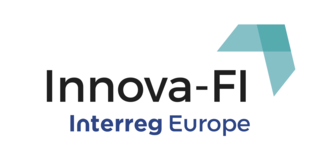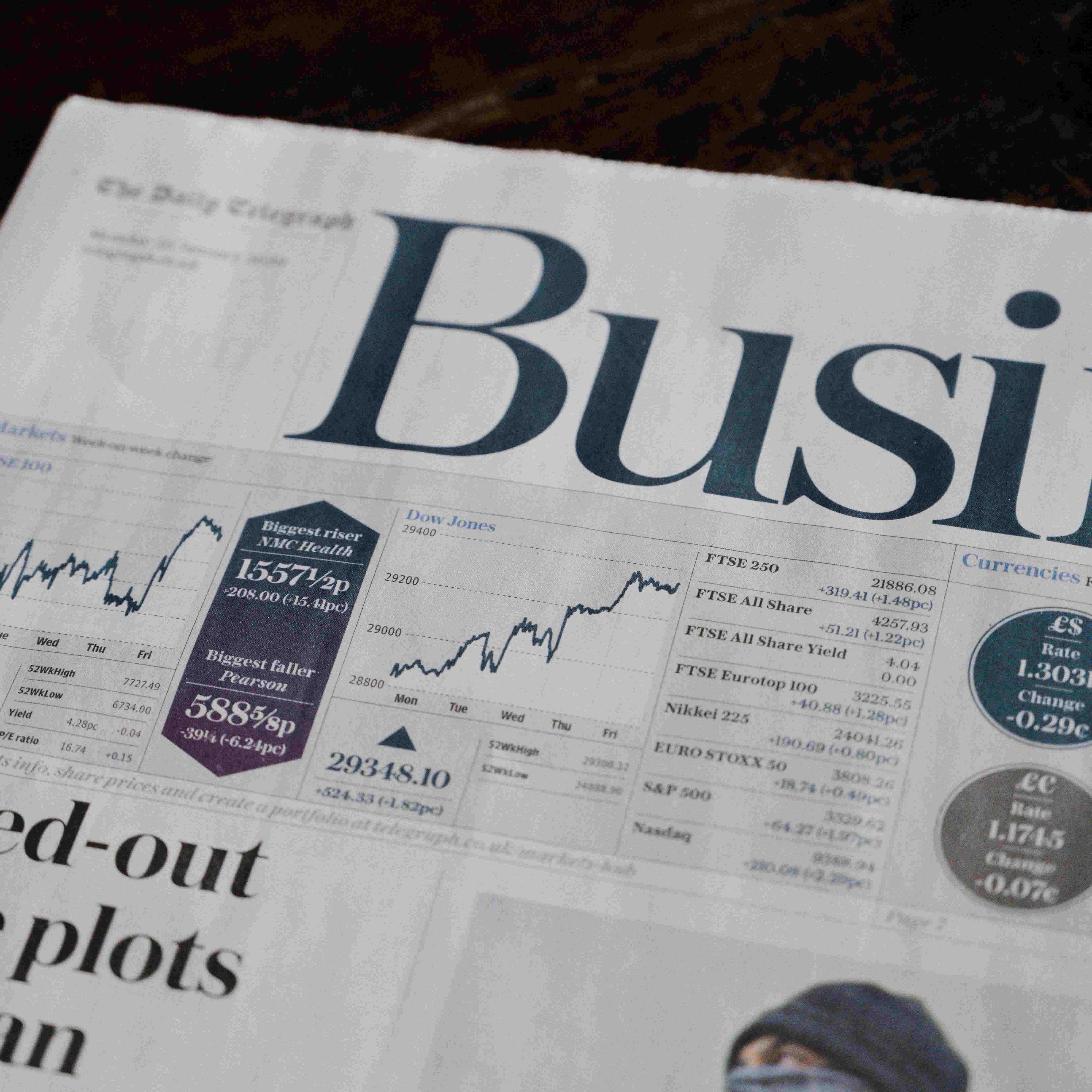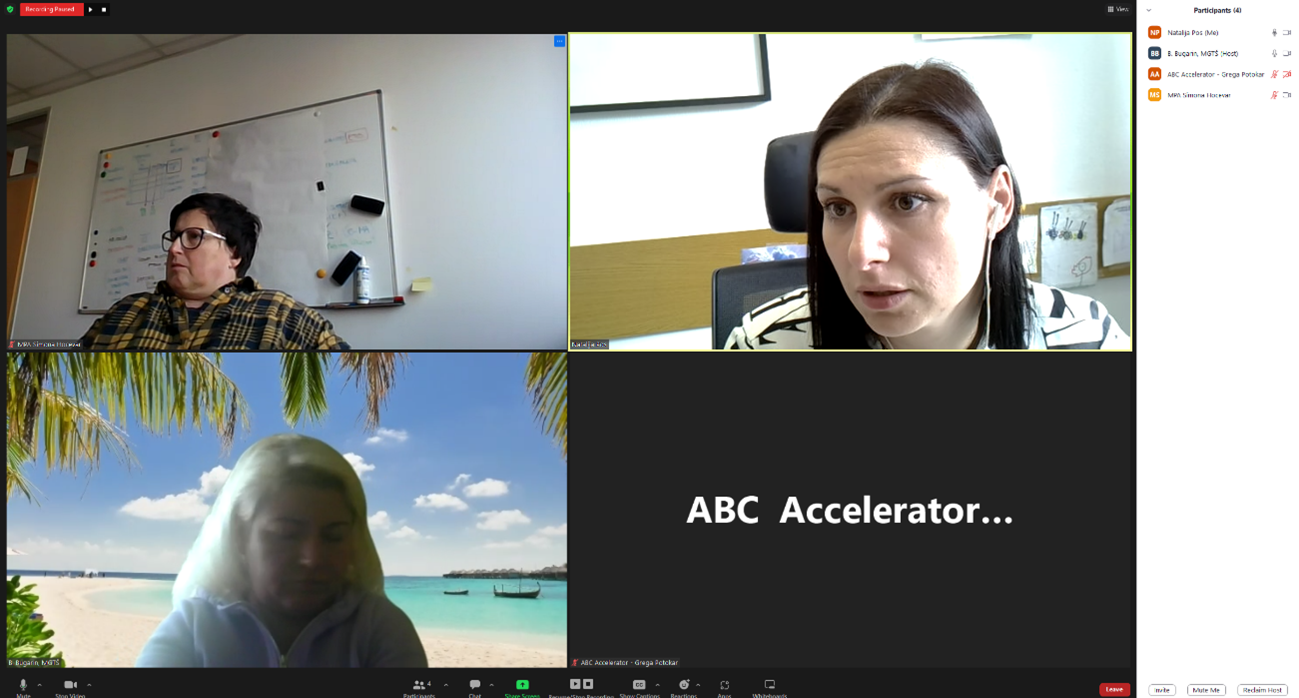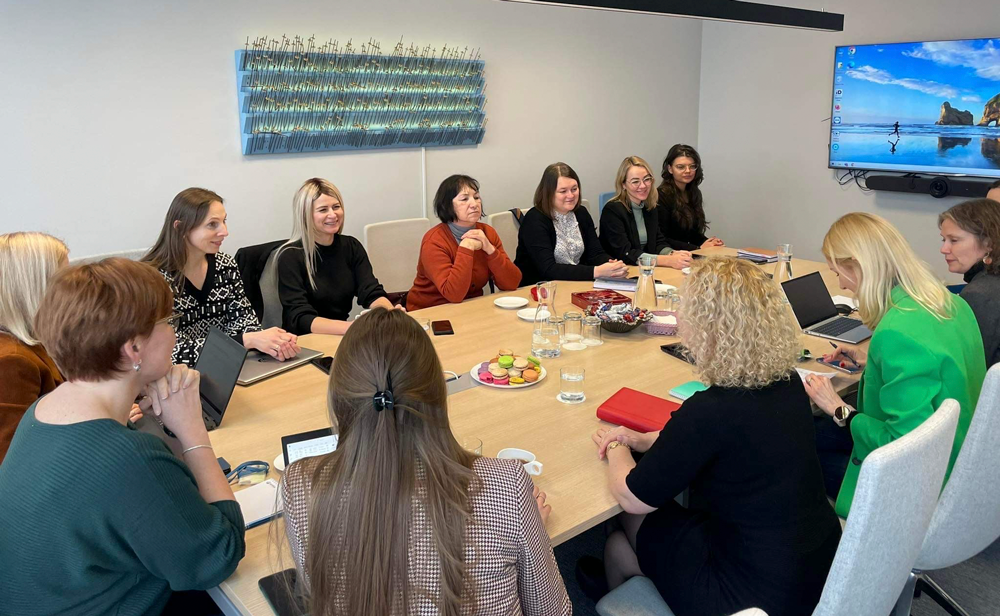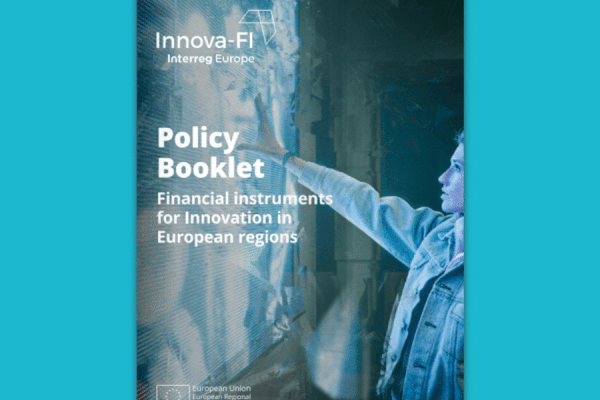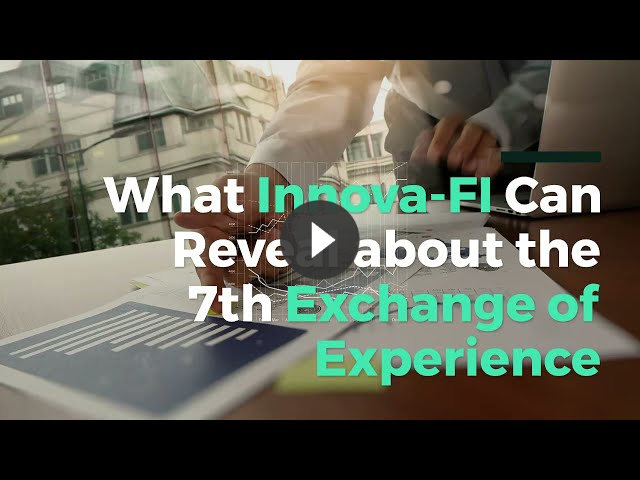In this article, you will be able to find the T33 Sound Policy workshop exercise "What is innovation in Financial Instruments?" we did during the Innova-FI 5th Exchange of Experience.
Design an (innovative) FI
Participants are divided into 2 to 4 groups. Each group, starting from a fictional situation of an “X” region (or country), will be asked to design and set up a financial instrument to support innovative SMEs /start-ups, following the steps of the 2021-27 ex-ante assessment:
- Identify the proposed amount and the expected leverage effect;
- Choose the proposed financial products;
- Identify and describe the proposed target group of final recipients;
- Describe the expected contribution to the specific objectives
Our tips for when analysing the hypothetical scenario include exploring the economic context, discovering the actual stage of investment in Research and Innovation and finding out what was the employment rates. Some additional data in regard to the access to funding and financing of innovative enterprises and information about the ERDF operational program should be taken into consideration.
After reading the scenario carefully, it is now time to imagine yourself as the managing authority or the ministry of that specific region, and start developing your own ex-ante assessment. Recap the information retrieved and start identifying market gaps and defining the appropriate priorities for the allocation of the public resources. The outcomes of this first session will be discussed in plenary.
Demand | Offer | Market Gap / Investment Needs |
| e.g: High demand for qualified professionals in the fields of ICT | e.g.: High rates of unemployment + Continuous emigration of qualified talent. | e.g.: Investment in high-tech educational infrastructure + Improvement of the working conditions for professionals in the ICT areas. |
Step up of the FI
After completing the phase of proposing the Financial Instrument, explaining the added value, the expected benefits to the identified target groups and its contribution to the specific objectives, you will have to develop the set-up and the implementation strategy of said Financial Instrument.
So, in the same groups as in session 1, you will select the implementation option (in-house or external financial institution? holding fund or fund managers?) and justify the choice in terms of:
- Capacity to reach the target
- Administrative capacity and administrative burden
- Potential costs
Our tips: Take into account the different strengths and weakness of the different FIs, and check for each of them the financial intermediaries that may or may not participate and the milestones that you are planning to achieve from the launch to the ending of the FI.
The last part of the exercise is the debrief on outcomes of session 2 and conclusions. The outcomes should be discussed in plenary. To help you out, we have included below the templates you should use. You will also find the recommended guidelines to evaluate the strengths and weaknesses (pros and cons) of the different alternatives. Should you have questions, please do not hesitate to send us an e-mail.
Exercise Templates
Workshop “What is innovation in Financial Instruments? - Hands on workshop
Financial Instrument for Innovative SMEs and Startups - Scenario
Financial Instrument for Innovative SMEs and Startups - Ex-ante Assessment
Financial Instrument for Innovative SMEs and Startups - Set-up of the proposed FI
Potential Solution

